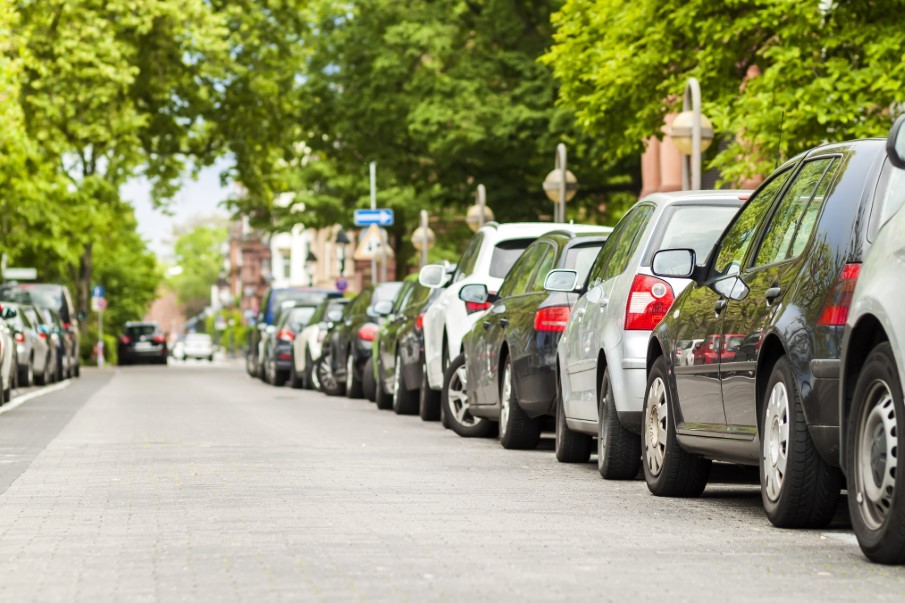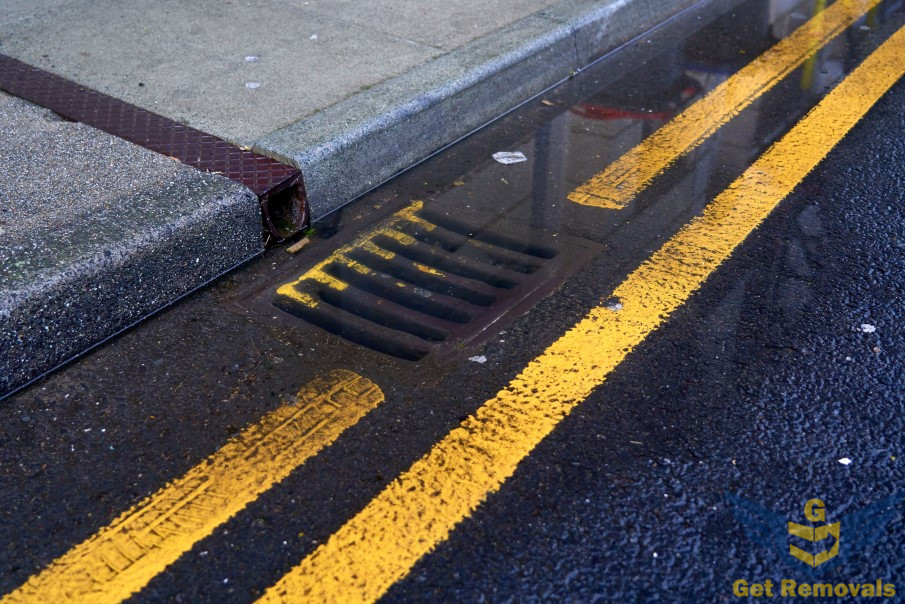
New to the driving rules in the UK? Or you just need to brush up on the fundamentals in the road-rules book? Well, you might face the question of whether or not you are allowed to park on single yellows or a single yellow line you see painted on the road. We did our best to summarize all you need to know on the topic. Thus you won’t have to worry about committing a traffic violation without crossing the line, and getting a parking fine as a result.


It’s important to understand that single yellow lines are often found within a controlled parking zone. These zones have specific rules indicated by signs at their entrances, and the restrictions can vary greatly depending on the local authority. Always check the signage for parking regulations.
Even relatively seasoned drivers find it hard to understand what explains that double yellow side lines and the rules they entail. If you are allowed to park on a single yellow line is among the most frequently asked questions and the answer is – it depends. It all comes down to:
- Parking restrictions
- Time regulations
- Nearby signs
You should also take note whether you are next to a single yellow line or a double yellow line when trying to assess if you are going to get a parking ticket if you stop at a particular place.
What does a solid yellow line mean?
A single yellow line that goes along the side of the road in London or any other place in the UK signify parking restrictions during certain times. Double yellow lines, on the other hand, signify a permanent parking ban, but a single yellow line would allow you to safely park there outside of the restricted hours. Specific markings over the kerb edge, such as pairs of short yellow lines and white lines together, indicate limitations on loading at certain times. Look for nearby signs that will list the times during which the restrictions are enforced. This is the most important thing that you need to remember before you park on a single yellow line – check the sign to make sure that you will not be violating the rules.
When can you park on a single yellow line in the UK?
There are a few rules that you will have to remember to park on yellow lines to make sure that you are legally parking on a single yellow line:
- Drivers can’t park on single yellow line throughout the period written on the upright signs next to the line in question.
- Unless the signs say otherwise, blue badge holders may be able to park on a single yellow line during restricted hours. Always up to three hours. It is illegal to park on double yellow lines at any time unless specific exceptions apply.
- Depending on loading restrictions that you will be listed on nearby signs, loading and unloading may be permitted for short periods of time
- Unless other restrictions are in play, you can park on a single yellow line outside of the hours on the signs.
Difference between Single Yellow and Double Yellow Lines
The timing restrictions are the main point of difference between a single yellow line and a double yellow line.


- Single yellow line means you cannot park on it during certain times
- Double yellow line mean the spot is restricted for parking at all times, unless for blue badge holders.
- Double yellow lines indicate that in addition to parking, stopping and waiting is also restricted there
- Waiting on a double yellow line may result in a parking fine, unless passengers are being dropped off or are getting into the vehicle.
- Parent and child spaces are designated areas in private car parks like shopping centres and supermarkets, and they have specific guidelines related to the age of children to avoid potential penalties.
Small yellow lines indicate specific restrictions, such as no loading or unloading. It is important to check nearby signs for further guidance on parking rules and restrictions.
Where is it safe to park?
If you are not a hundred percent sure about the rules about parking and yellow lines, there are a few alternatives that you can use that are safer:
- Parking bays – parking bays are areas that have been specifically designed for parking. Parking bays often require payment. Many urban councils provide incentives for electric cars, including free or discounted parking in designated bays.
- Private Car Parks – Shopping centers and supermarkets often offer private parking to customers
- Disabled bay – like a parking bay, but reserved for blue badge holders
- Controlled parking zones – a designated zone where parking is permitted if you have proper paperwork for it
- Parent and child spaces – designated areas in private car parks like shopping centres and supermarkets, specifically for parents with young children
Private car parks like in shopping centres or supermarkets centers or supermarkets ones are mostly the safest option, especially in busy areas that experience higher traffic than usual. They will offer you a better chance of finding a good parking spot as well.
Exceptions to the regular parking restrictions
You may not be a subject of a penalty if you park on a yellow lines under several circumstances:
- Parking on a single yellow line during the restricted hours is allowed under blue badge scheme for holders, unless explicitly stated on the sign
- Pick up or se down passengers, especially if done quickly, will not result in a penalty
- Some areas allow loading or unloading. If that is not allowed, the loading restrictions should be explicitly stated on the signs next to the parking spots.
- Unless the sign states otherwise, bank holidays are when time restrictions of single yellow lines don’t apply
- Outside of business hours is when waiting or parking can be allowed
However, if you park illegally, penalties are enforced through Parking Charge Notices issued by civil authorities and private landowners. These fines can vary based on location, with stricter penalties in urban areas.
In any case, if you want to be a hundred percent sure you are not going to get a fine, you should check the signs regarding parking restrictions. To check the sign takes less than a minute but it will potentially save for you quite a bit of money by avoiding parking waiting and stopping. Why pay parking tickets, or fight to waive the parking fee when you can save yourself all that trouble?
